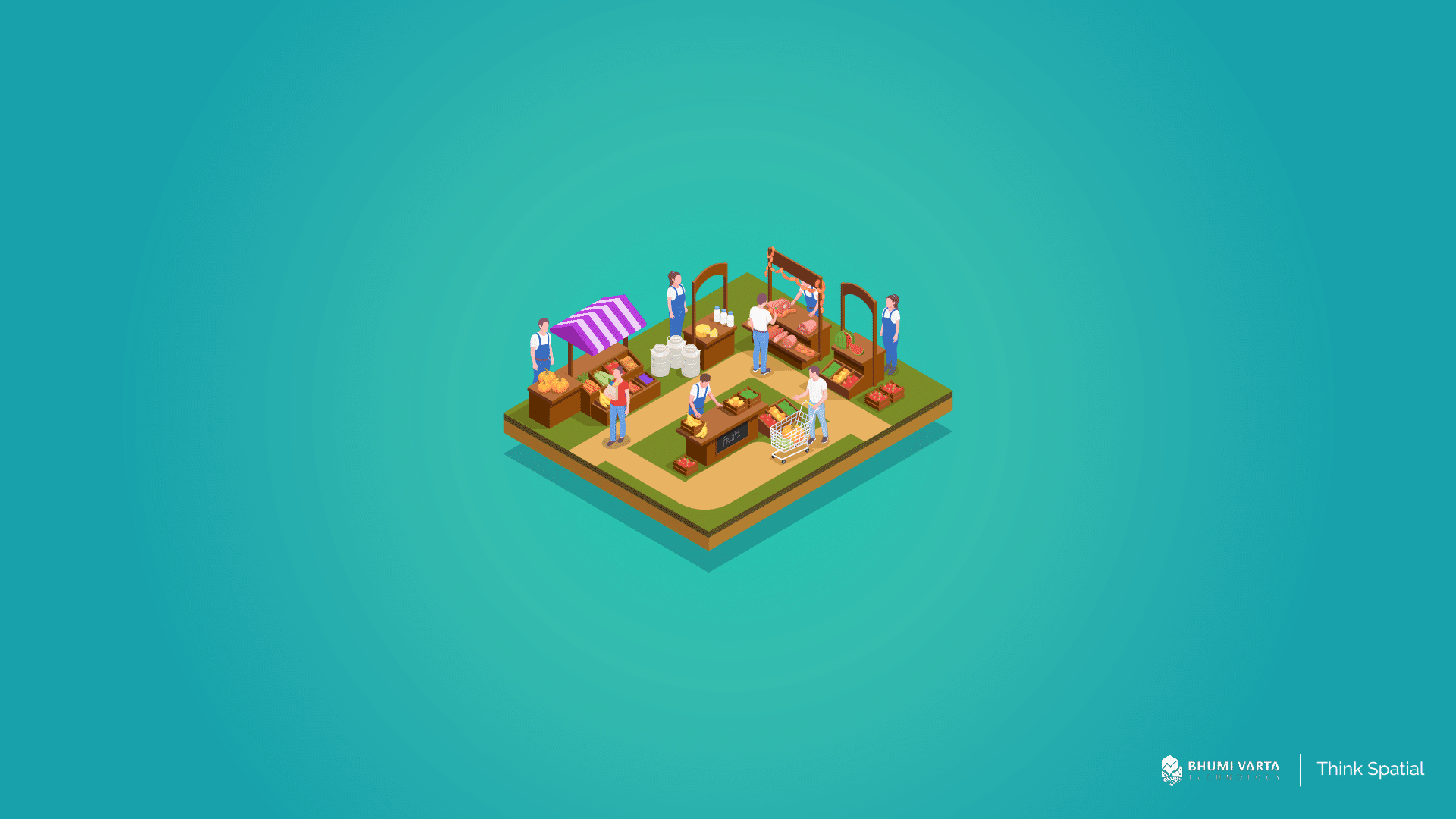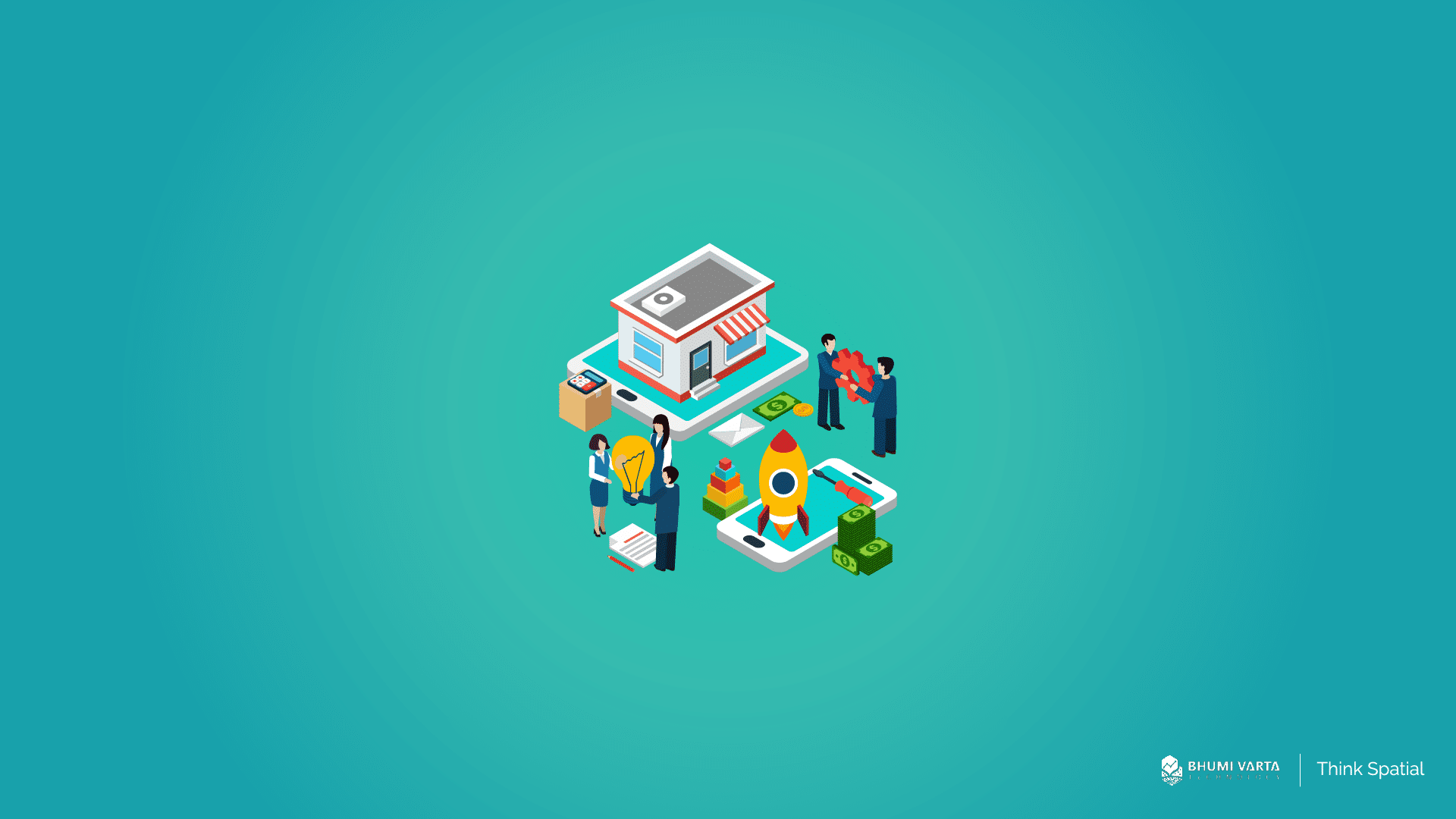To meet the expectations of consumers and provide them with the best possible products or services, businesses need to have a good understanding of their customers. Basic knowledge about their customers is not enough; businesses need to analyze them more deeply to gain a complete picture.
Customer behavior analysis is a way to achieve this goal. By analyzing customer behavior, businesses can gain insights that can be used to improve their products and services.
In this article, we will discuss what consumer behavior analysis is, the benefits it offers, and how businesses can conduct it.
Contents
What is Customer Behavior Analysis?
Customer behavior analysis is a method used to collect, analyze, and interpret data about consumers in order to understand their shopping habits, social trends, and the various factors that influence their purchasing decisions.
The main objective of studying consumer behavior is to gain a deeper insight into the target audience and create products or services that are more likely to appeal to them.
By understanding consumer behavior, businesses can predict future trends and develop strategies to address them.
When businesses are able to provide consumer experiences that meet their needs, they tend to increase sales and optimize their return on investment (ROI) more effectively.
Benefits of Customer Behavior Analysis for Businesses
There are many benefits that businesses can experience through consumer analysis. This analysis provides valuable insights for all parts of the company. Some of the benefits of consumer analysis include:
More accurate predictions
Understanding consumer behavior trends helps businesses recognize customer shopping patterns in their stores or use of their services. For example, whether they shop seasonally or during certain periods, knowing which campaigns are effective in increasing sales, and so on.
By analyzing consumer behavior, businesses can provide interactions that meet customer expectations, and even exceed them. This can increase profits because it gives the audience what they want.
Attracting new consumers
Consumer behavior analysis provides information about existing customers and offers insights to attract new customers. The better a business understands each current audience segment, the better it can grasp the behavior of each type of consumer, along with the actions and preferences that new types of consumers are likely to adopt and prefer.
Furthermore, by analyzing the behavior of consumers who are predicted to shop the most, businesses can anticipate new consumers who will follow these trends and provide them with the best customer journey.
Increasing sales
Customer behavior analysis allows businesses to provide personalized experiences, drive sales, and increase Return on Investment (ROI). Customer journeys tailored to consumer habits can help optimize processes, thereby increasing conversions and revenue.
Meanwhile, according to McKinsey, companies that excel in personalization are able to generate 40% higher revenue than companies in general.
A Guide to Customer Behavior Analysis
After understanding the meaning of customer behavior analysis and its benefits, we will now discuss how to do it. Here are the steps:
Choose audience segments
The first step a business needs to take is to choose the audience segment to analyze, usually, the one considered most valuable to the brand. Typically, businesses group audiences by gender, location, and income, assuming that those with these similarities have similar needs and wants. Unfortunately, this traditional method has limitations in terms of context.
Therefore, businesses should combine it with behavioral data, as it provides information about consumers’ views, motivations, priorities, and habits.
Observe current customer behavior
Next, observe customer behavior closely. Some consumers may only use a product or service in certain situations. For example, an employee who frequently uses public train transportation may purchase coffee drinks from a specific brand every workday because the café is conveniently located between the station and the office.
This particular buying pattern could be viewed as a routine for the individual, and in practice, it may not require much contemplation, which is likely due to the convenience of its accessibility.
By segmenting consumers based on the degree to which they engage with a brand, businesses can discover not only their most valuable audiences but also understand how, where, and when to reach them.
Combine with third-party data
This combination will provide deeper insights and context, not just limited to demographic information. The information provided may include their views on certain products, difficulties they have encountered, and other factors.
This information is valuable for businesses as it allows them to create detailed and comprehensive personas. For instance, the insights gathered indicate that a large number of Generation Z individuals have a desire to own a house. However, due to their low incomes and belonging to the sandwich generation, achieving this goal can be quite challenging.
Businesses can better understand their target audience by examining their values, motivations, and priorities. This information can inform marketing campaigns and ensure effective messaging.
Look at the customer journey
The consumer journey involves multiple devices, channels, and touchpoints both online and offline, making it difficult for businesses to track.
Therefore, businesses need to combine this with data that can show how much consumers interact with brands, through which channels, what products they buy, how often, and so on.
This enables businesses to understand how, where, and when to interact with them, identify opportunities to meet their needs, and understand which pain points need to be addressed.
Apply customer behavior analysis in campaigns
After going through the above steps, businesses can use the information obtained to create campaigns. For example, Company A wants to make changes to its product, but beforehand, it realizes that its consumers are very sensitive to changes.
Therefore, they conducted customer behavior analysis to better understand their consumers. After that, they found the best way to make changes through the appropriate campaign without disappointing their loyal consumers.
Enrich Your Customer Behavior Analysis with External Data from LOKASI Intelligence
The use of third-party data can enrich and provide context to the analysis. Businesses can obtain this external data through LOKASI Intelligence.
LOKASI is equipped with various data that can be used to conduct consumer behavior analysis such as demographic data, socio-economic status data, points of interest (POI), mobile data, disaster data, and so on.
Learn more about how Location Intelligence can help businesses by contacting via email: [email protected] or WhatsApp: 087779077750
FAQ
What is consumer behavior?
Consumer behavior is the actions or activities performed by individuals to acquire a product or service. It also involves the decision-making process and the factors that influence these activities.
Why should companies understand customer behavior?
Companies should understand customer behavior in order to provide products or services that meet their needs and desires. This understanding is not only beneficial for meeting customer needs but also can provide a positive consumer experience.
What are the factors that influence consumer behavior?
Factors that influence consumer behavior include social, psychological, personal, and cultural factors.



